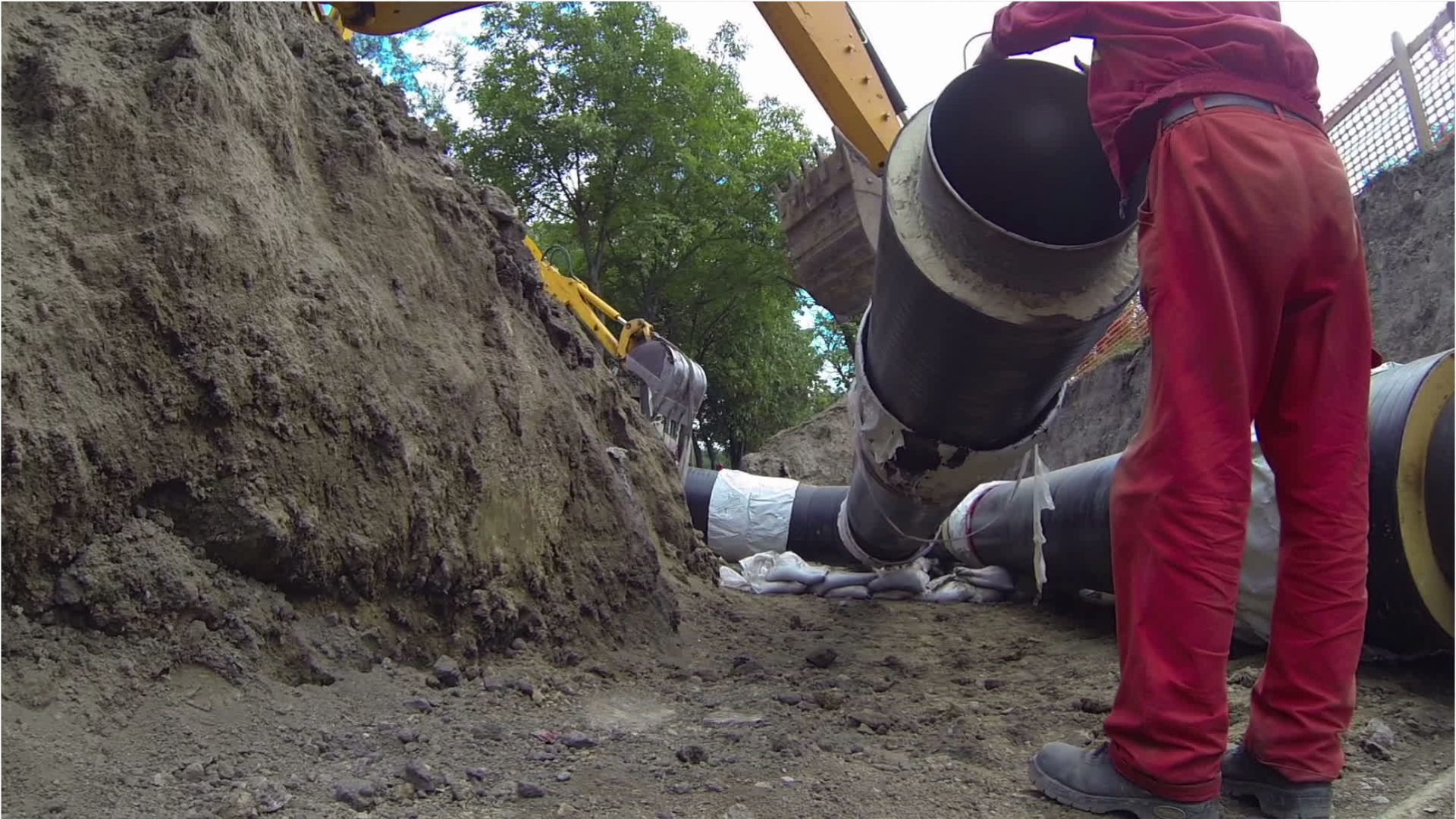Pipelayers
Pipelayer, Tailman
 Select a military branch to see samples.
Select a military branch to see samples.
Infrastructure Systems Superintendent; Water and Fuel Systems Maintenance; Water and Fuel Systems Maintenance Apprentice; Water and Fuel Systems Maintenance Craftsman; Water and Fuel Systems Maintenance Craftsman, Fuel Systems Maintenance; Water and Fuel Systems Maintenance Helper; Water and Fuel Systems Maintenance Journeyman; Water and Fuel Systems Maintenance Journeyman, Fuel Systems Maintenance
Construction Engineering Technician; Plumber
Damage Controlman; Marine Safety Specialist Engineer; Material Maintenance Specialty
Water Support Technician
Advanced Utilitiesman; Hull Maintenance Technician; Hull Systems Maintainer; Hull Systems Technician; NAMTS Pipefitter; Utilitiesman
No similar titles were found.
What they do:
Lay pipe for storm or sanitation sewers, drains, and water mains. Perform any combination of the following tasks: grade trenches or culverts, position pipe, or seal joints.
On the job, you would:
- Grade or level trench bases, using tamping machines or hand tools.
- Dig trenches to desired or required depths, by hand or using trenching tools.
- Cut pipes to required lengths.
Knowledge
Engineering and Technology
- building and construction
- mechanical
Safety and Government
- public safety and security
Skills
Basic Skills
- listening to others, not interrupting, and asking good questions
- talking to others
Problem Solving
- noticing a problem and figuring out the best way to solve it
Abilities
Hand and Finger Use
- keep your arm or hand steady
- hold or move items with your hands
Endurance
- exercise for a long time without getting out of breath
Personality
People interested in this work like activities that include practical, hands-on problems and solutions.
They do well at jobs that need:
- Dependability
- Attention to Detail
- Cautiousness
- Perseverance
- Cooperation
- Integrity
Technology
You might use software like this on the job:
Spreadsheet software
- Microsoft Excel
Office suite software
- Microsoft Office software
Word processing software
Education
Education: (rated 1 of 5)
no high school diploma/GED or
high school diploma/GED
usually needed
high school diploma/GED
usually needed
Job Outlook
Below Average
New job opportunities are less likely in the future.
Explore More
- Construction Laborers
- Helpers--Pipelayers, Plumbers, Pipefitters, & Steamfitters
- Insulation Workers, Floor, Ceiling, & Wall
- Plumbers, Pipefitters, & Steamfitters
- Septic Tank Servicers & Sewer Pipe Cleaners
You might like a career in one of these industries:
See more details at O*NET OnLine about Pipelayers.





